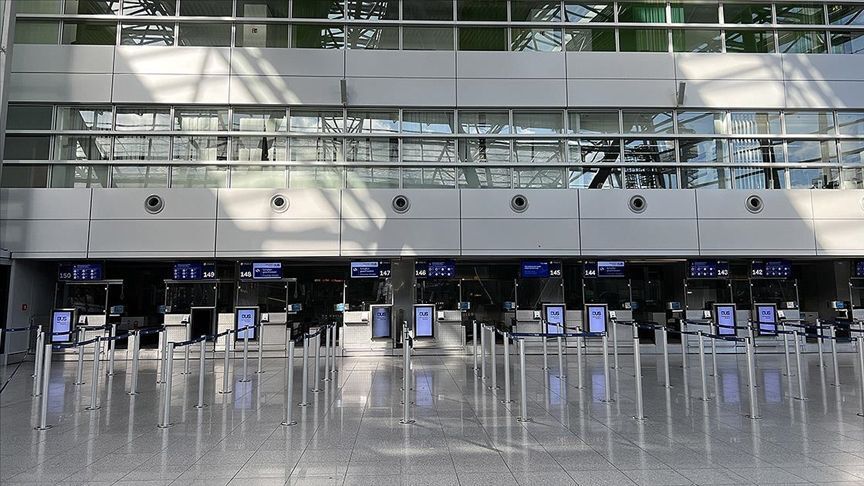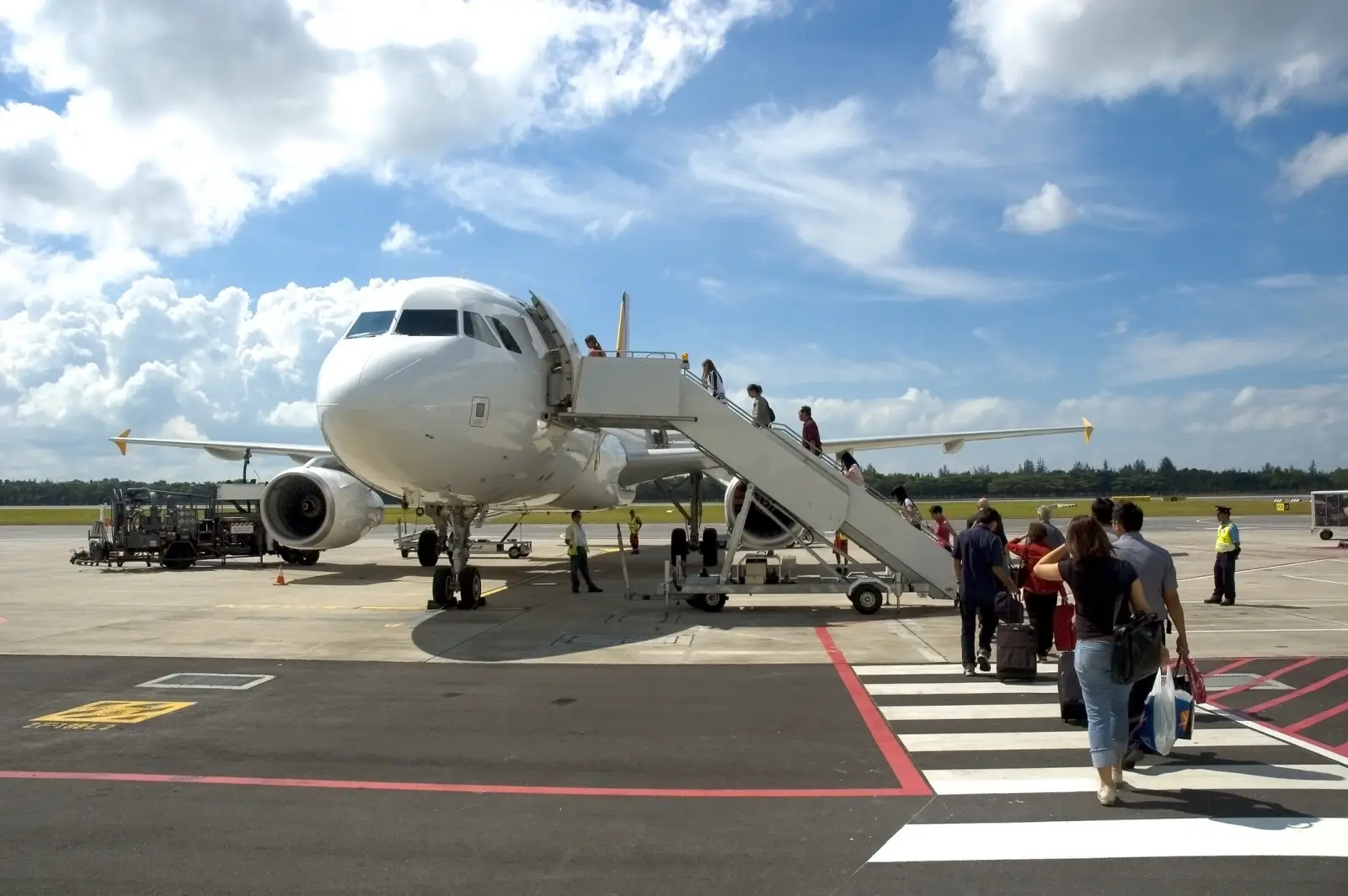Europe’s busiest airports are undergoing a transformative phase, showcasing remarkable adaptability and growth. Amidst challenges like inflationary pressures and geopolitical tensions, these hubs have witnessed some of the highest increases in passenger traffic, especially in August 2023.
The European aviation market is undergoing significant transformation, as revealed in the latest air traffic report and the updated Airport Traffic Forecast for 2023-2027, both released by ACI EUROPE.
August’s Performance: A Glimpse into the Future
In August 2023, passenger traffic across European airports was just 3.4% below the pre-pandemic levels of August 2019. This is a commendable achievement, especially considering the 3% dip in July 2023. Furthermore, when compared to August 2022, there was an 11.6% increase in passenger volumes. Notably, international passenger traffic grew at twice the rate of domestic traffic, with increases of 13.2% and 6%, respectively.
Recovery on the Horizon
ACI EUROPE’s data paints an optimistic picture for the future. By the end of 2023, passenger traffic is expected to reach 95.5% of 2019’s volumes, a significant jump from the previously forecasted 91%. Moreover, a full recovery is anticipated by 2024, a year earlier than previously predicted. By 2027, passenger traffic is projected to be 9.2% above pre-pandemic levels.
However, Olivier Jankovec, Director General of ACI EUROPE, warns that not all airports are on the same recovery trajectory. While nearly half of Europe’s airports have surpassed their pre-pandemic passenger volumes, others lag behind, with some not expected to recover fully until 2026 or later.
Structural Changes and Market Dynamics
The war in Ukraine and the subsequent air traffic restrictions have undoubtedly impacted the aviation market. However, post-Covid-19 structural changes are also playing a significant role. The rise of leisure travel and Visiting Friends and Relatives (VFR) demand, coupled with strong international intra-European and transatlantic demand, are reshaping airlines’ route networks. This benefits airports serving popular tourist destinations or those with large diaspora communities.
Furthermore, the expansion of Ultra-Low Cost Carriers and the relative decline of Full Service Carriers, with the exception of Turkish Airlines, are shifting the balance in favor of secondary and regional airports.
Spotlight on Europe’s Busiest Airports
The best passenger traffic performances amongst the different segments of the airport industry in August, compared to pre-pandemic levels (August 2019), largely reflect these structural changes in the aviation market:
- Among the Majors (top 5 European airports), Istanbul (+12.4%) remained the only one having exceeded its pre-pandemic passenger levels. London-Heathrow (-1.6%) was very close to a full recovery, thanks in large part to its strong position on the transatlantic market – followed by Paris-CDG (-12.7%), Amsterdam-Schiphol (-11.1%) and Frankfurt (-15.3%).
- Among other large airports2, the best performances came from Paris-Orly (+10.8%), Istanbul Sabiha Gokcen (+8.8%) Athens (+8.4%), Lisbon (+5.4%), Palma de Mallorca (+2.1%), Antalya (+1.4%) and Dublin (+0.8%) – all of them having exceeded their pre-pandemic volumes.
- A number of airports acting as large Low Cost Carrier bases recorded impressive increases: Bergamo (+14.3%), Charleroi (+16.5%), Beauvais (+46.7%) and Memmingen (+60.5%).
- Several regional and smaller airports3 also posted passenger traffic results well above their pre-pandemic levels: Perugia (+203%), Kutaisi (+122.1%), Tirana (+108.5%), Samarkand (+99.3%), Zadar (+91.4%), Lodz (+48%), Oviedo-Asturias (+42.3%), Funchal (+40.1%), Pristina (+36%), Santorini (+32.5%), Bournemouth (+28.4%), Kerkyra (+27%), Turin (+25.3%) and Naples (+24.3%).
During the month of August, airports welcoming more than 25 million passengers per year (Group 1), airports welcoming between 10 and 25 million passengers (Group 2), airports welcoming between 5 and 10 million passengers (Group 3) and airports welcoming less than 5 million passengers per year (Group 4) reported an average performance of –6.4%, -8.0%, +5.4% and +3.2% when compared to pre-pandemic traffic levels (August 2019).
The airports that reported the highest increases in passenger traffic for August 2023 when compared with August 2019 are as follows:
GROUP 1: Istanbul IST (+12.4%), Paris-Orly (+10.8%), Istanbul SAW (+8.8%), Athens (+8.4%) and Lisbon (+5.4%).
GROUP 2: Naples (+24.3%), Porto (+19.2%), Milan BGY (+14.3%), Marseille (+10.7%) and Málaga (+9.7%).
GROUP 3: Sochi (+115.6%), Almaty (+42.9%), Belgrade (+22.9%), Valencia (+20.6%) and Palermo (+17.3%).
GROUP 4: Grenoble (527.7%), Trapani (334.4%), Perugia (203.0%), Kutaisi (122.1%), San Sebastián (109.3%).













